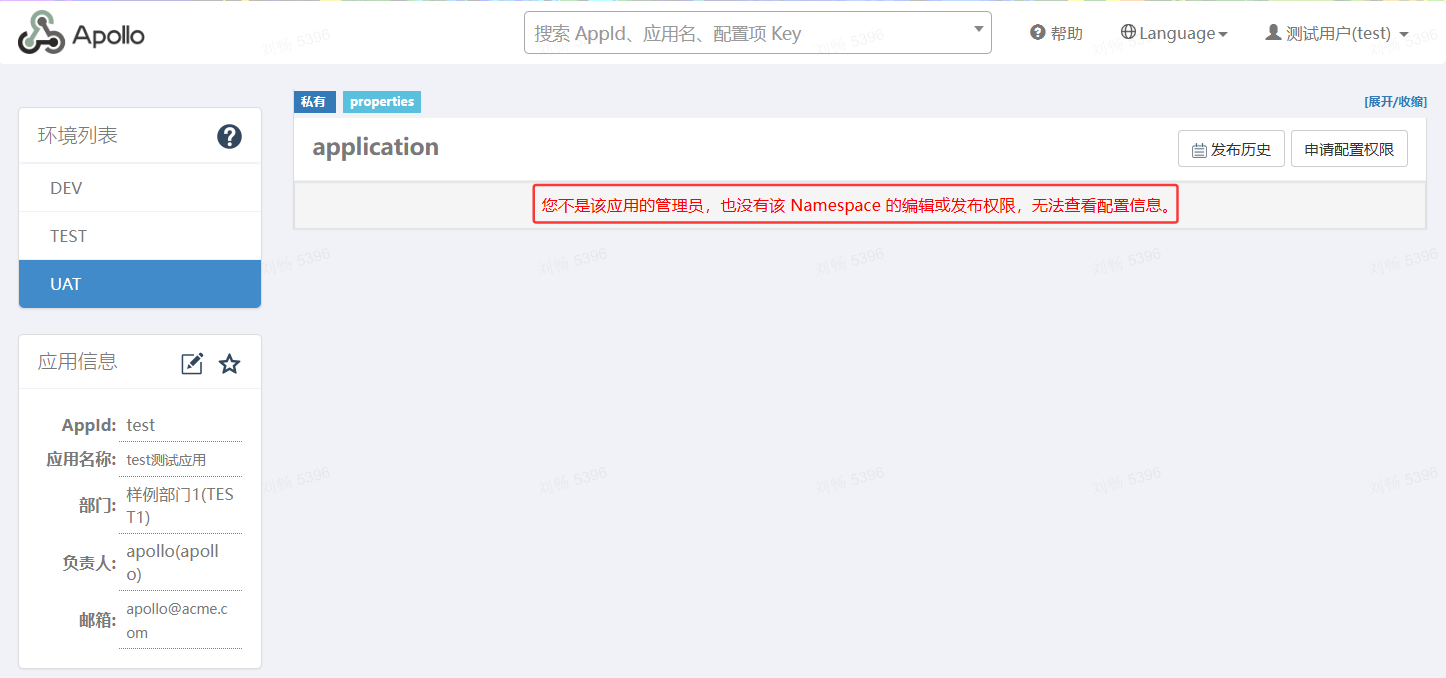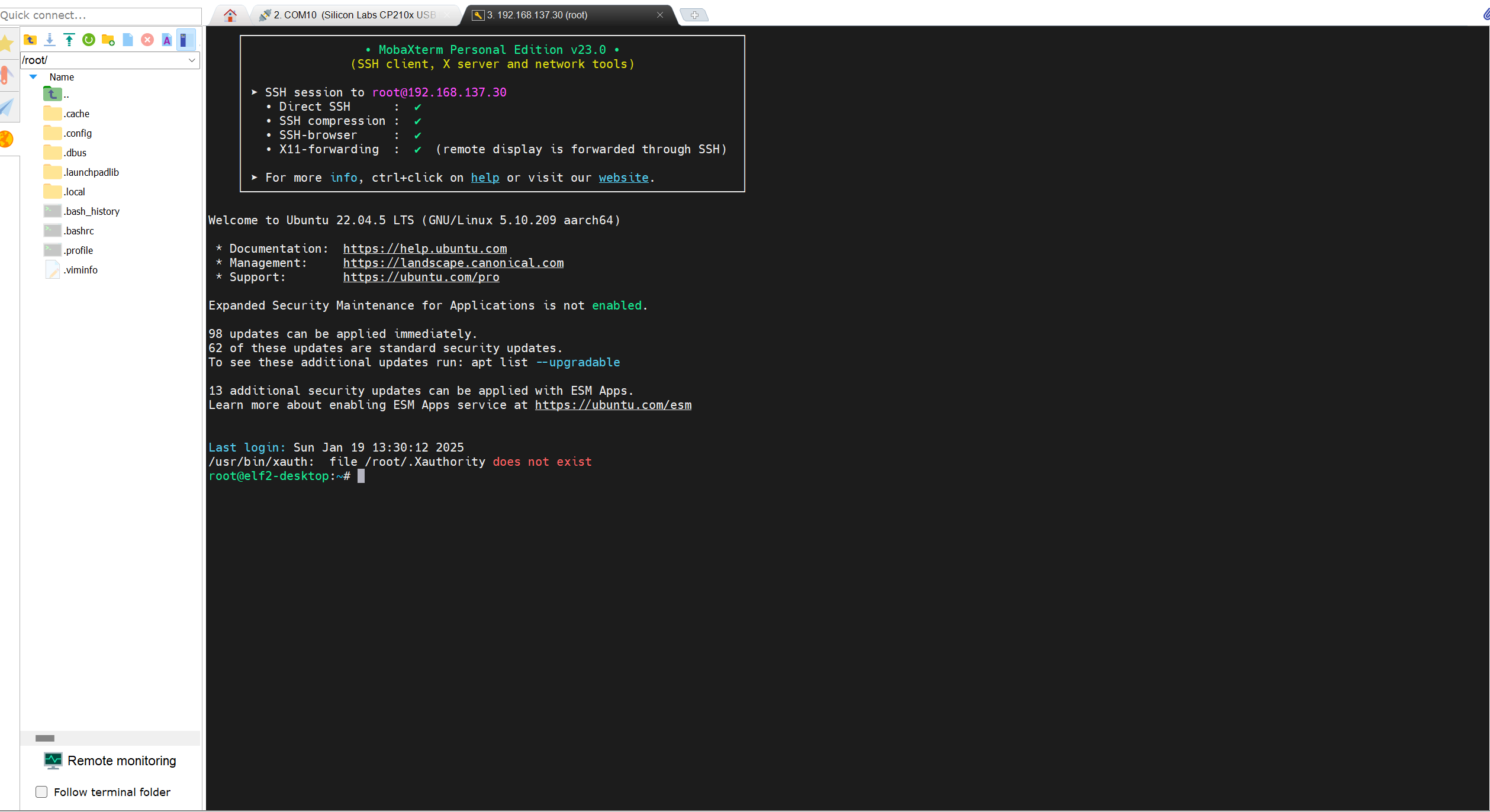在验证码识别中,图像处理和机器学习方法是不可或缺的技术手段。本文将介绍如何通过这些技术手段进行验证码识别,包括图像预处理、特征提取和机器学习模型训练等步骤。
一、图像预处理
图像预处理是验证码识别中的第一步,其目的是提高图像的质量,使后续的特征提取和识别更加准确。常见的图像预处理方法包括二值化、去噪和图像分割等。
- 二值化
二值化是将灰度图像转换为二值图像(黑白图像)。常见的二值化方法有全局阈值和自适应阈值。
全局阈值:
python更多内容访问ttocr.com或联系1436423940
import cv2更多内容联系1436423940
读取图像
image = cv2.imread('captcha.jpg', cv2.IMREAD_GRAYSCALE)
全局阈值
_, binary_image = cv2.threshold(image, 127, 255, cv2.THRESH_BINARY)
cv2.imshow('Binary Image', binary_image)
cv2.waitKey(0)
cv2.destroyAllWindows()
自适应阈值:
python
自适应阈值
adaptive_binary_image = cv2.adaptiveThreshold(image, 255, cv2.ADAPTIVE_THRESH_GAUSSIAN_C, cv2.THRESH_BINARY, 11, 2)
cv2.imshow('Adaptive Binary Image', adaptive_binary_image)
cv2.waitKey(0)
cv2.destroyAllWindows()
2. 去噪
去噪是移除图像中的噪声,使图像更加清晰。常见的去噪方法包括中值滤波和高斯滤波。
中值滤波:
python
中值滤波
median_blurred = cv2.medianBlur(binary_image, 3)
cv2.imshow('Median Blurred Image', median_blurred)
cv2.waitKey(0)
cv2.destroyAllWindows()
高斯滤波:
python
高斯滤波
gaussian_blurred = cv2.GaussianBlur(binary_image, (3, 3), 0)
cv2.imshow('Gaussian Blurred Image', gaussian_blurred)
cv2.waitKey(0)
cv2.destroyAllWindows()
3. 图像分割
图像分割是将验证码中的字符单独分割出来。常见的分割方法有投影分割法和轮廓检测法。
投影分割法:
python
import numpy as np
水平投影
horizontal_projection = np.sum(binary_image, axis=1)
垂直投影
vertical_projection = np.sum(binary_image, axis=0)
绘制投影图
import matplotlib.pyplot as plt
plt.plot(horizontal_projection)
plt.show()
plt.plot(vertical_projection)
plt.show()
轮廓检测法:
python
轮廓检测
contours, _ = cv2.findContours(binary_image, cv2.RETR_EXTERNAL, cv2.CHAIN_APPROX_SIMPLE)
for contour in contours:
x, y, w, h = cv2.boundingRect(contour)
cv2.rectangle(image, (x, y), (x+w, y+h), (0, 255, 0), 2)
cv2.imshow('Contours', image)
cv2.waitKey(0)
cv2.destroyAllWindows()
二、特征提取
特征提取是将图像数据转换为特征向量,以便于机器学习模型的训练和预测。常见的特征提取方法有SIFT、HOG和LBP等。
- SIFT(Scale-Invariant Feature Transform)
SIFT是一种尺度不变特征转换方法,能够提取图像中的关键点和描述子。
python
sift = cv2.SIFT_create()
keypoints, descriptors = sift.detectAndCompute(binary_image, None)
sift_image = cv2.drawKeypoints(binary_image, keypoints, None)
cv2.imshow('SIFT Keypoints', sift_image)
cv2.waitKey(0)
cv2.destroyAllWindows()
2. HOG(Histogram of Oriented Gradients)
HOG是一种方向梯度直方图特征描述子,常用于图像分类和对象检测。
python
hog = cv2.HOGDescriptor()
hog_descriptors = hog.compute(binary_image)
print(hog_descriptors.shape)
3. LBP(Local Binary Patterns)
LBP是一种局部二值模式,常用于纹理分析和人脸识别。
python
import skimage.feature
lbp = skimage.feature.local_binary_pattern(binary_image, P=8, R=1, method='uniform')
plt.imshow(lbp, cmap='gray')
plt.show()
三、机器学习模型训练
在完成图像预处理和特征提取后,可以使用机器学习算法对特征进行训练,常用的模型有SVM、KNN和神经网络等。
- SVM(Support Vector Machine)
SVM是一种常用的监督学习模型,适用于小样本、高维数据的分类问题。
python
from sklearn import svm
from sklearn.model_selection import train_test_split
from sklearn.metrics import accuracy_score
准备数据集
X = [] # 特征向量
y = [] # 标签
划分训练集和测试集
X_train, X_test, y_train, y_test = train_test_split(X, y, test_size=0.2, random_state=42)
训练SVM模型
svm_model = svm.SVC(kernel='linear')
svm_model.fit(X_train, y_train)
预测并评估模型
y_pred = svm_model.predict(X_test)
print(f'Accuracy: {accuracy_score(y_test, y_pred)}')
2. KNN(K-Nearest Neighbors)
KNN是一种基于实例的学习方法,适用于多分类问题。
python
from sklearn.neighbors import KNeighborsClassifier
训练KNN模型
knn_model = KNeighborsClassifier(n_neighbors=5)
knn_model.fit(X_train, y_train)
预测并评估模型
y_pred = knn_model.predict(X_test)
print(f'Accuracy: {accuracy_score(y_test, y_pred)}')
3. 神经网络
神经网络尤其是卷积神经网络(CNN)在图像分类问题上表现优异。
python
from keras.models import Sequential
from keras.layers import Dense, Conv2D, MaxPooling2D, Flatten
from keras.utils import to_categorical
准备数据集
X = np.array(X).reshape(-1, 28, 28, 1) # 假设每个字符图片大小为28x28
y = to_categorical(y, num_classes=10)
划分训练集和测试集
X_train, X_test, y_train, y_test = train_test_split(X, y, test_size=0.2, random_state=42)
构建CNN模型
cnn_model = Sequential([
Conv2D(32, kernel_size=(3, 3), activation='relu', input_shape=(28, 28, 1)),
MaxPooling2D(pool_size=(2, 2)),
Conv2D(64, kernel_size=(3, 3), activation='relu'),
MaxPooling2D(pool_size=(2, 2)),
Flatten(),
Dense(128, activation='relu'),
Dense(10, activation='softmax')
])
编译和训练模型
cnn_model.compile(optimizer='adam', loss='categorical_crossentropy', metrics=['accuracy'])
cnn_model.fit(X_train, y_train, epochs=10, batch_size=32, validation_data=(X_test, y_test))
评估模型更多内容访问ttocr.com或联系1436423940
loss, accuracy = cnn_model.evaluate(X_test, y_test)
print(f'Accuracy: {accuracy}')




![[JavaScript] 深入理解流程控制结构](https://cdn.nlark.com/yuque/0/2024/gif/43219442/1720194127376-d4c6a394-eb96-4e15-932d-481464b83e61.gif)






